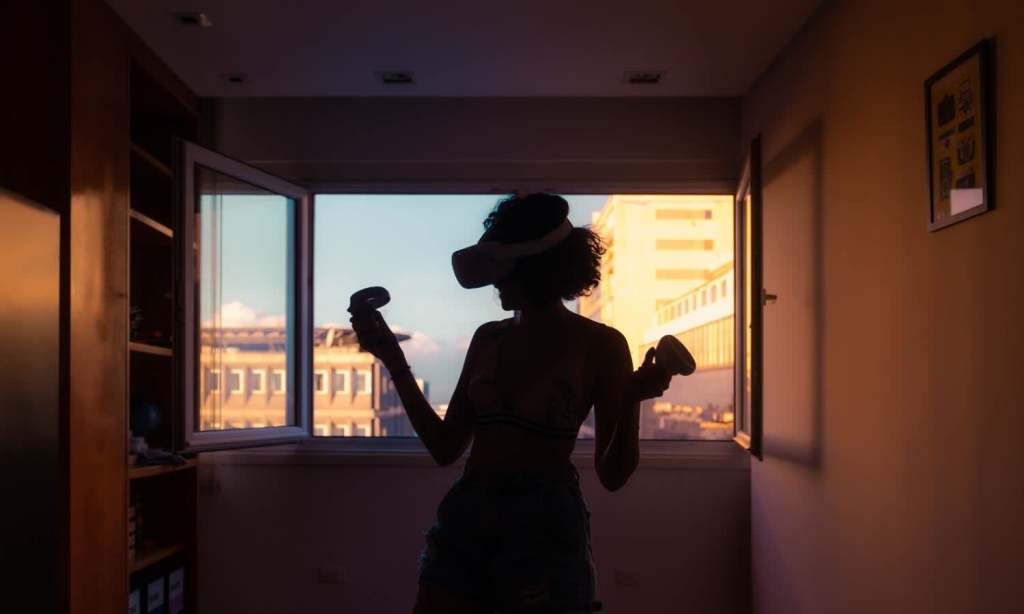We already knew Sony’s next-gen VR headset for the PS5 was on the way, but recent reports seem to have revealed new information about its specs and launch date.
The highly anticipated PSVR 2, a new virtual reality system, promises to expand the way virtual-reality games are played with a deeper immersion and physical presence within the games.
According to a report from Bloomberg, that explores the increasingly popular use of LCD panels in VR headsets, it shows Sony to be one VR headset manufacturer that are sticking with OLED. Regardless of dropping LCD prices, Sony plans to use LED displays produced by Samsung for its next-gen PSVR.
Bloomberg also states that Sony is aiming for the 2022 holiday season for releasing the PSVR 2, which is the first rough idea of a release date that we’ve had so far.
Previous reports also gave away a little more about the PSVR 2’s features.
We already know that the new controller design is focused on allowing players to hold the controller naturally without any constraints, allowing for ultimate playing control, maximising ergonomics and balance so that hand movements feel easy no matter the hand size.
Key features defining the new PS5VR controller that focus on immersion are resistance-heavy adaptive triggers and haptic feedback is finger touch detection, allowing for more natural gestures, and tracking, to better calibrate the headset and controllers for quicker response.







